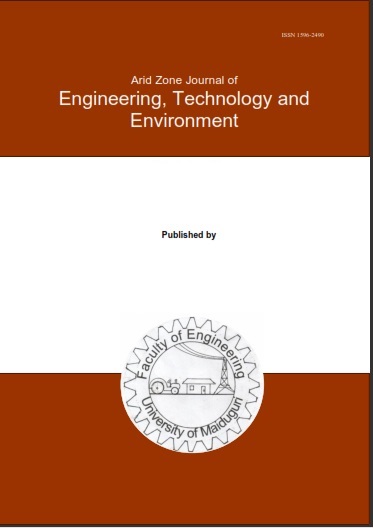Abstract
The climatic, environmental, and health concerns of fossil fuels have spurred the development of biodiesel as an alternative fuel. Biodiesel production has transitioned from single lipid-based feedstock to hybrid lipid-based feedstock owing to the challenges related to the former. Unlike previous studies that focused on singular and binary feedstock, this study uniquely employed ternary oil blends to synthesize biodiesel via alkaline transesterification and measured selected oil and biodiesel fuel properties using standard test methods. The studied hybrid oils were extracted (using the Soxhlet method) from ternary feedstock (72%, 20%, and 8% by weight of soybeans, avocado seeds, and sunflower seeds) and characterized for the physicochemical properties: viscosity, moisture content, volatile content, ash content, higher heating value, free fatty acids, and density. The measured biodiesel fuel properties were kinematic viscosity, density, flash point, pour point, and lower heating value. Results revealed that the hybrid oil properties were observed to be within the range of values for individual feedstock that made up the oil. The biodiesel produced has a yield of 81% and exhibited a kinematic viscosity of 3.75 mm2/s, density of 893 kg/m3, flash point of 122 °C, pour point of -11°C, and lower heating value of 34.96 MJ/kg. These fuel properties were observed to conform to biodiesel standards. Relatively low kinematic viscosity and pour point, and high lower heating value and flash point of the studied biodiesel were recorded due to the synergetic effect of oil hybridization. Therefore, selective mixing of different oils from existing feedstock for biodiesel production is recommended as this would further improve biodiesel fuel properties and consequently, enhance the performance, combustion, and emissions of biodiesel-fueled engines. Hybrid oil deployment will assist in addressing existing problems related to the use of single-feedstock based oil, with the ultimate view of promoting carbon neutrality in agreement with the Sustainable Development Goals.

This work is licensed under a Creative Commons Attribution-NonCommercial-NoDerivatives 4.0 International License.
Copyright (c) 2025 ARID ZONE JOURNAL OF ENGINEERING, TECHNOLOGY AND ENVIRONMENT

